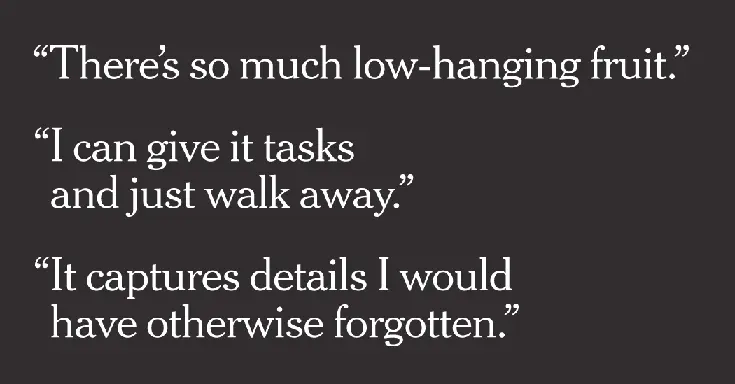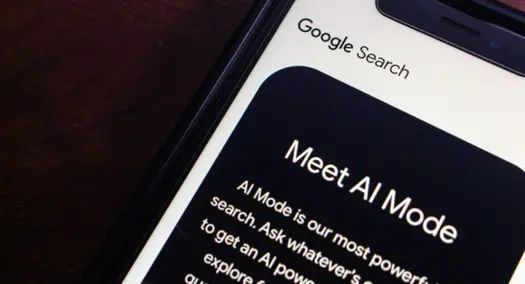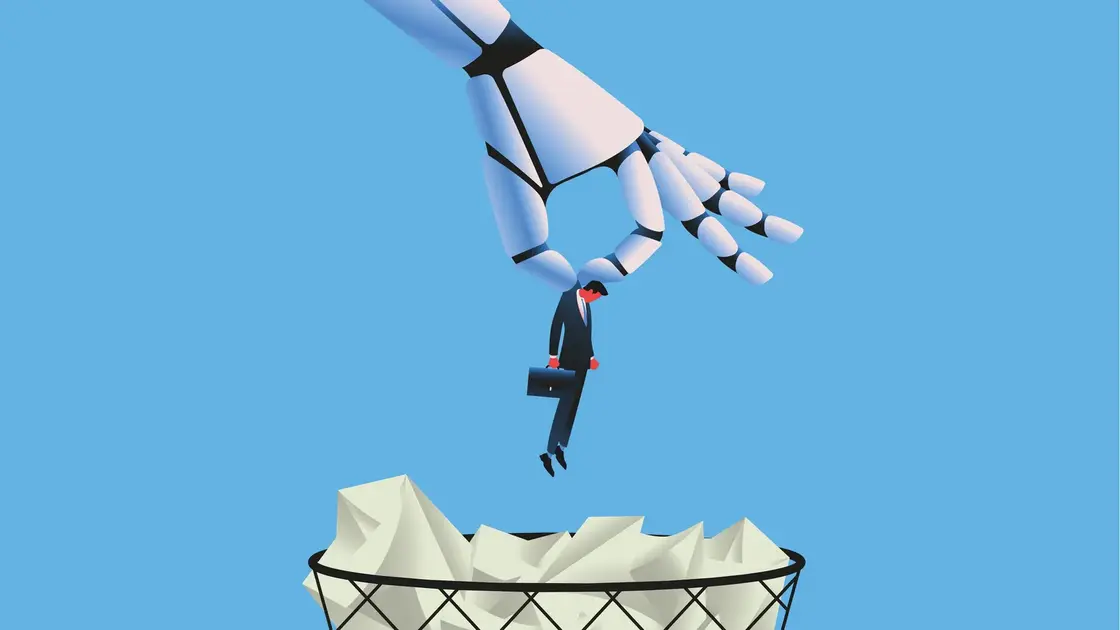T4K3.news
AI tools expand in workplaces
AI is being adopted across fields from health to design, delivering efficiency gains and new risks.

A look at how AI tools are becoming common in daily work, delivering gains and raising new concerns.
Artificial intelligence reshapes work across many fields
The article surveys how AI is slipping into everyday work across many fields. It cites 21 people who use AI for tasks such as analyzing sales data, drafting lesson plans, identifying plant specimens, generating designs and writing code. It notes that almost one in five U.S. workers uses AI at least semi regularly for work, and it highlights concrete cases from chefs and doctors to educators and researchers. Examples include a restaurant owner using AI to analyze wine portfolios, a botanist building an AI model from spectral data to identify plants, and a designer using Generative Fill to speed up image work. The piece also shows AI helping with notes in healthcare and drafting legal documents, among other uses, while warning that AI can still misfire and require careful checking.
A common thread is that AI speeds up routine tasks and frees time for higher‑level work, but it does not replace judgment. Reporters describe both time savings and new kinds of effort, such as verifying outputs, managing bias, and safeguarding sensitive information. The story also touches on how AI is spreading in the public sector and in education, where prompts can cut prep time but raise questions about students relying on machines too much. Overall, the piece portrays AI as a growing toolkit that still needs human oversight and a healthy dose of skepticism.
Key Takeaways
"The results were astonishingly good and saved me and my team countless hours of meetings with wine reps"
Sam McNulty on AI-assisted wine selection
"A problem that might have taken 20 minutes to address now takes 20 seconds"
Dan Frazier on Generative Fill
"This will be a plus."
Dr. Valenti on AI in primary care
"The important thing is to maintain a reserve of skepticism."
Richard Stone on translation work and AI
AI is becoming a practical equalizer in the workplace, widening access to powerful tools for small shops and government offices alike. It promises efficiency and new capabilities, yet the automation of routine tasks risks pushing professionals toward rote work if checks disappear. The real test ishow organizations balance speed with accountability, and how workers adapt their skills to collaborate with machines rather than hand tasks over to them. The piece suggests a pragmatic path: treat AI as a partner that amplifies thinking, not a substitute, and invest in training, governance, and critical review. The long-term effect may be a shift in what people do best—creative judgment, nuanced analysis and humane oversight—while machines handle the repetitive grunt work.
Highlights
- The results were astonishingly good and saved me and my team countless hours of meetings
- A problem that might have taken 20 minutes to address now takes 20 seconds
- This will be a plus
- The important thing is to maintain a reserve of skepticism
Budget and governance risks in AI rollout
The article shows AI adoption in government, education and small businesses, where budgets are tight and oversight is uneven. As AI becomes routine, misattribution, data quality issues and ethical concerns could provoke public pushback or regulatory scrutiny unless safeguards are built in.
The future of work will rely on skilled judgment paired with thoughtful tooling, not on machines alone.
Enjoyed this? Let your friends know!
Related News

Grammarly launches AI writing agents for classrooms

New insights on the challenges of generative AI

Gen Z stare fades with real culture and tech

Mark Zuckerberg predicts smart glasses will be essential in the future

AT&T CEO Stresses Need for Cultural Change

Gen Z members actively reject AI tools

Google expands AI Mode to 180 countries

AI accessibility study finds gains for neurodiverse workers
